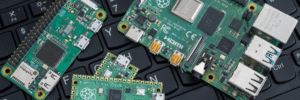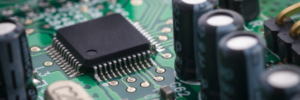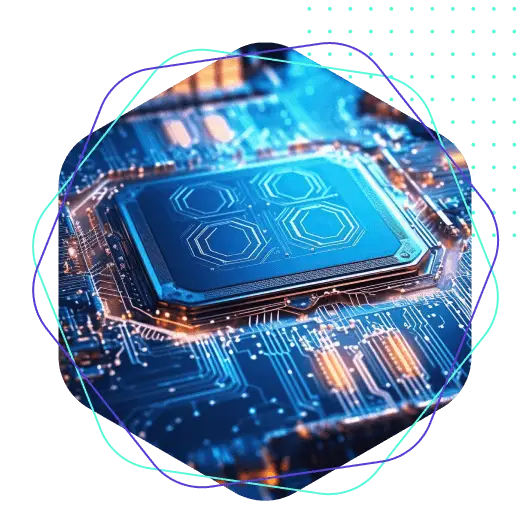In embedded systems, camera product design faces unique challenges that can undermine image quality and system performance. Issues like chromatic aberration, autofocus failures, and image stitching latency are critical in applications such as drones, medical imaging, and multi-camera VR. Camera design engineering demands precise hardware tuning, custom firmware, and optimized software to overcome these hurdles. Using Yocto-based BSPs, engineers can integrate tailored drivers and algorithms for robust solutions. This blog details five camera-specific problems in camera design and their technical fixes, spotlighting image stitching. Chromatic Aberration in Lens Systems Chromatic aberration in camera design causes color fringing, degrading image clarity









